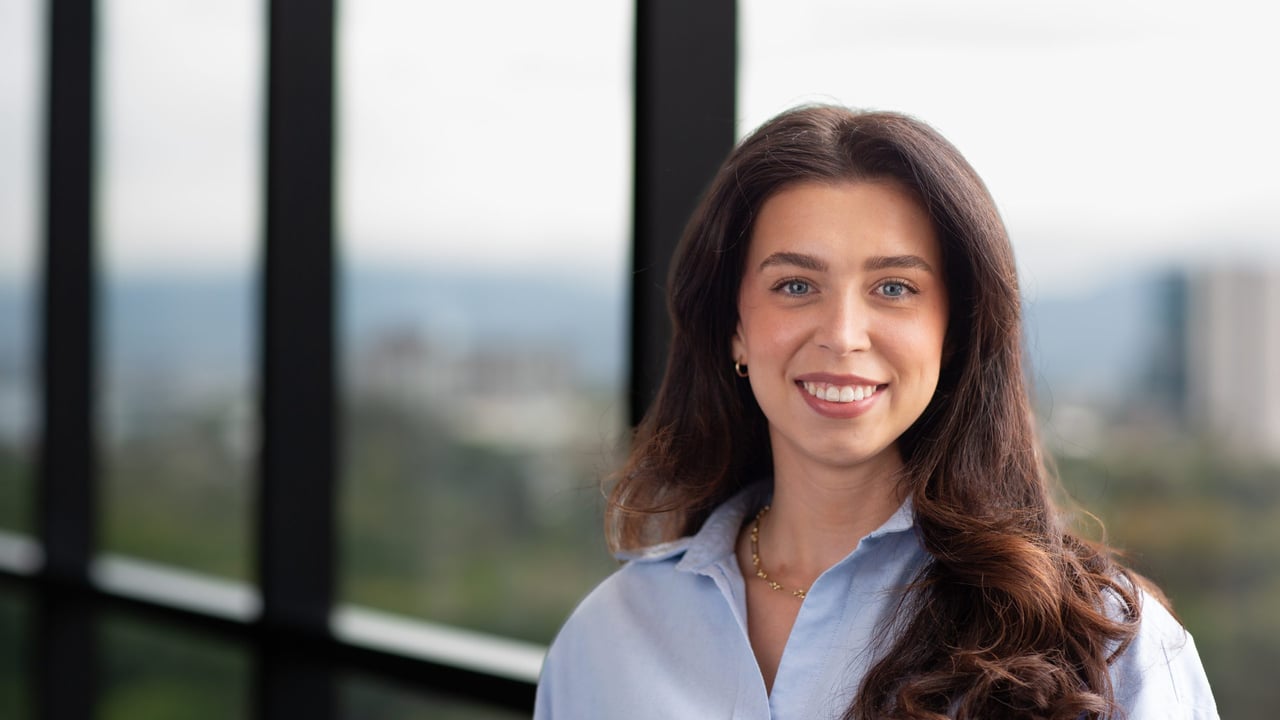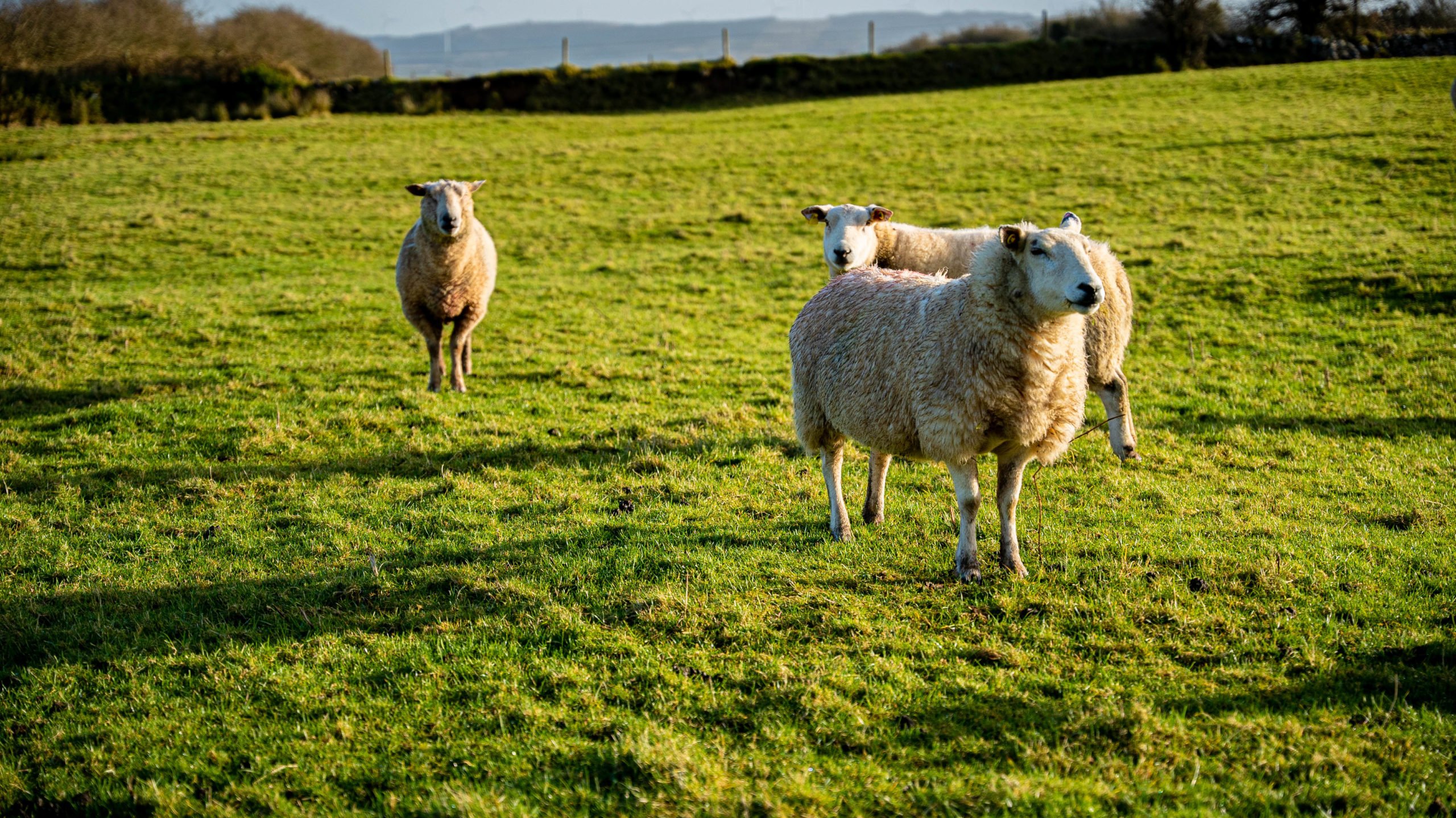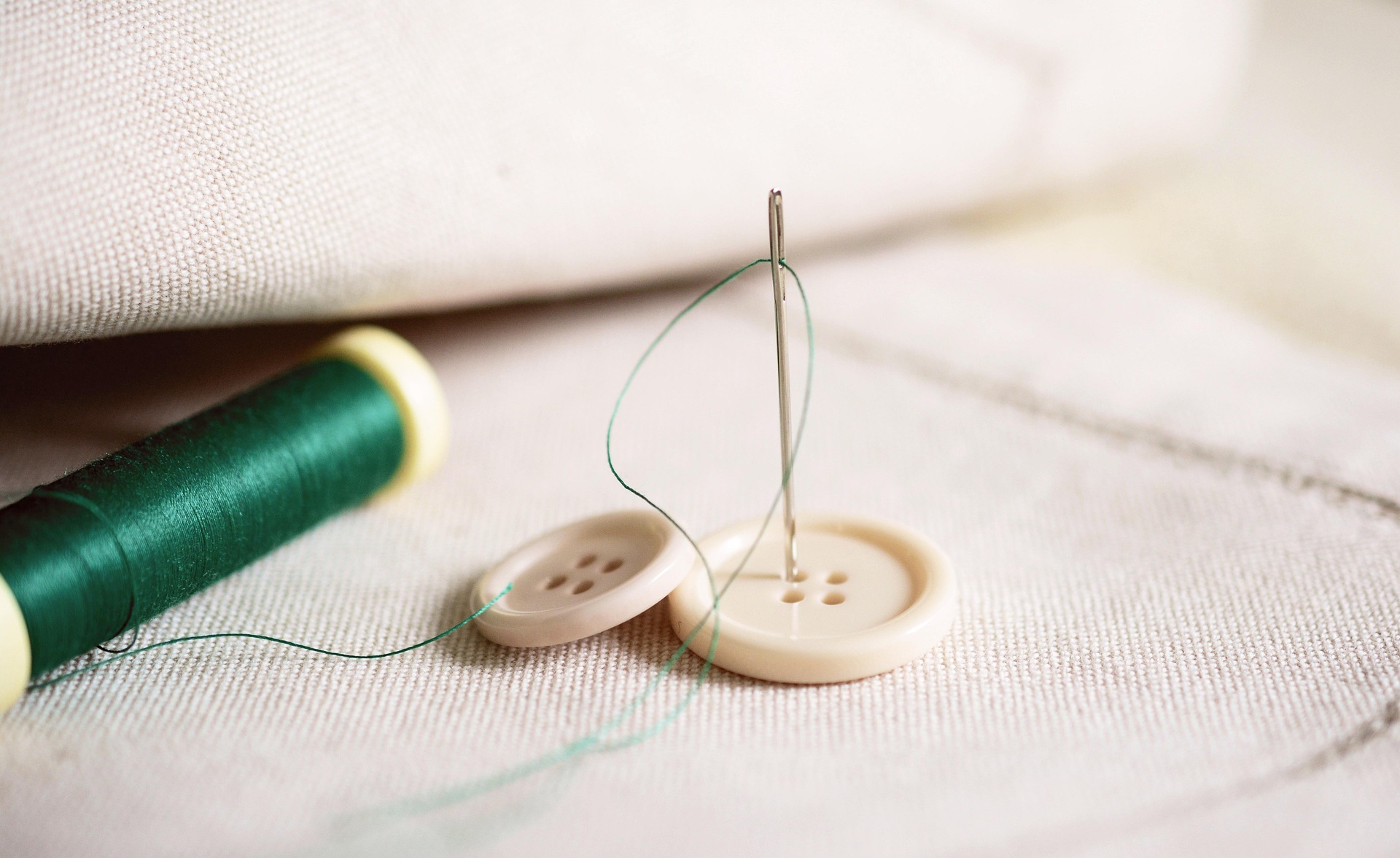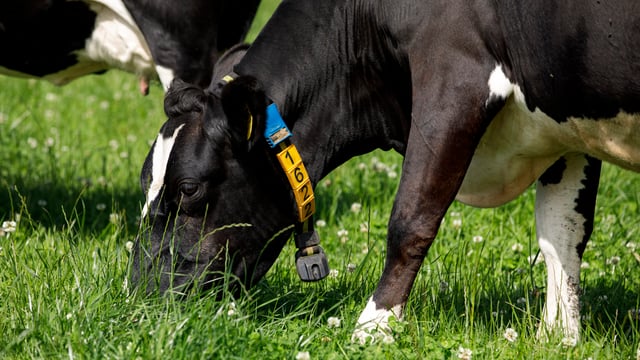Sponsored Article

Sponsored Article
Rooted in the land, woven for the future
Sponsored Article

As the climate crisis pushes industries to reckon with their environmental footprint, one Irishwoman is weaving together education, agriculture, and fashion.
Meet Miriam Keegan - former primary school teacher, Fulbright scholar, human rights advocate, and now a leading voice in the growing movement to reconnect Irish fashion with its agricultural roots.
According to Miriam: “Ireland has a relatively small fashion industry, but we have a lot to say.”
And what she is saying is shaking up long-held assumptions.
Miriam’s journey began in the classroom, but a love of fabric - sparked by childhood memories of watching her grandmother sew - never left her.
After five years of teaching, she pivoted toward fashion design and sustainability, eventually earning her master’s degree in Fashion and Apparel Studies from the University of Delaware, along with a Graduate Certificate in Social Responsibility and Sustainable Fashion Business.
Her academic path led her to the Graduate Diploma in Carbon Accounting and Life Cycle Assessment at University College Dublin.
“It was like learning a new language,” she laughs, recalling the challenge of diving into technical software.
While many of her peers were talking about farming when she started, Miriam knew what she had to contribute to the programme.
Coming to the programme with a strong knowledge of the industry and having worked as the head of sustainability for the first fashion brand in Ireland to become B Corp, she understood the fashion industries' impact.
Now it was about connecting industries further.
Miriam's standout research project followed the journey of an Irish-made tweed blazer - a product proudly labelled 'Made in Ireland'. But the reality was less straightforward.
“The wool travelled about 50,000km before it even reached Ireland,” Miriam explained.
Originating from New Zealand, Argentina, and Norway, the wool underwent processing in the UK and Egypt before being spun, dyed, and woven in Ireland.
But the journey for the material was not over yet, needing another trip to the UK to be finished and back to Ireland to be cut and sewn.
The answer lies in perception and infrastructure. Irish wool - largely from native breeds - is often dismissed as too coarse.
Farmers are barely compensated for it, and essential processes like scouring (cleaning) are no longer done domestically.
Miriam said: “The infrastructure isn’t there. And until the government sees the value in building it, nothing will change.”
The Diploma in Carbon Accounting and Life Cycle Assessment in UCD allowed Miriam to deep dive into understanding the processes.
She acknowledges it has completely changed how she approaches fashion now - she understands there is no such thing as 'perfect' in the fashion industry, but efforts to achieve it must continue.
Miriam’s call is bold but clear - Ireland must reconnect its fashion future with the land it is built on.
She points to the past, when flax and wool put Irish textiles on the global map.
“We have incredible heritage - Aran sweaters, Mountmellick embroidery, Carrickmacross lace.
"But the skills are being lost. We need to bring them back," she said.
This does not mean going backward - it means going local.
According to Miriam: “The answers lie in agriculture. We can’t grow cotton, but we can grow hemp. We can use our own wool.
"We need fibre farms, regional processing facilities, and most of all, joined-up thinking between agriculture, arts, and education.”
Her next big goal? Prototyping Ireland’s first fashion-focused fibre farm.
If you ask Miriam, the key to it all is education.
Her longstanding mission is to teach Ireland how to sew.
She has just launched a programme for primary school teachers that integrates sustainability into the classroom through textiles, costume making, and maths.
The programme aims to allow children to understand they can be a part of the fashion industry and it does not have to be limited to design.
Starting with Junior Infants, the programme introduces children to fabric through colour and texture, and teaches them basic sewing skills using plastic needles.
In one lesson, students allocate coins to different parts of the fashion supply chain.
“When they see the worker gets the least amount of money, they start asking real questions. That’s where the change begins,” Miriam said.
There’s an additional benefit to bringing sewing to the classroom in this age of instant gratification.
“Sewing helps kids slow down,” she said.
According to Miriam, sewing is mindfulness and resilience building in action and allows children to see there are solutions.
Miriam’s offerings can be found on her Sustainable Fashion Education website.
Miriam is under no illusions about the affordability of sustainable fashion.
She said: “We’ve been conditioned to think a T-shirt should cost €10. But if it’s that cheap, someone else is paying the price.”
Her solution isn’t just new products - it is new mindsets: rewear, repair, repurpose.
“There are enough clothes on this planet for the next six generations.
“We just need to rethink how we value them," she says.
The work ahead is immense - rebuilding lost industries, retraining workforces, reimagining education. But Miriam believes Ireland has a unique opportunity.
“We were once the centre of the textile world. Why can’t we be again?” she said.
As climate policy and consumer awareness converge, the moment is ripe to thread agriculture into the narrative of sustainable fashion.
And with visionaries like Miriam leading the way, Ireland just might find itself back in fashion.
Miriam’s work has been developed by her time studying the Graduate Diploma in Carbon Accounting and Life Cycle Assessment, a year-long Level 9 programme which is enrolling for September now.
In addition, this programme can be taken in two parts, offering an even more flexible way to engage through the Graduate Certificate in Carbon and Climate Assessment and/or the Graduate Diploma in Life Cycle Assessment for Sustainable Materials and Energy.
UCD are delighted to announce that a limited number of Springboard financial subsidies are available for Graduate Certificate in Carbon and Climate Assessment for the 25/26 academic year.
Sponsored Article


